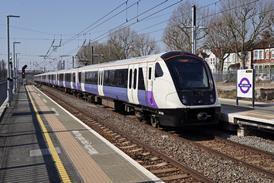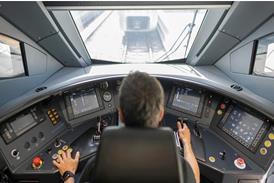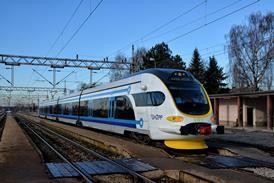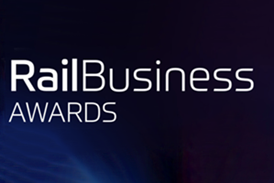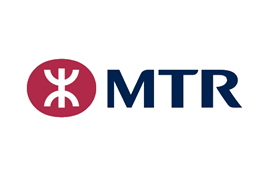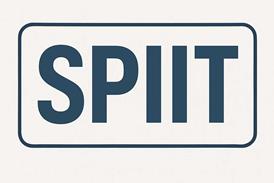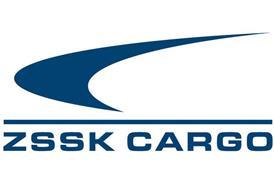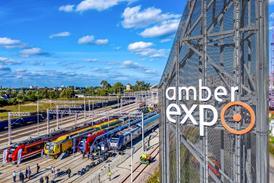The digitalisation of the world’s railways is gathering pace. But as momentum builds, so too do the challenges of adapting to an increasingly complex digital world. Many different types of information technology systems are used across the rail sector, raising questions about interoperability, data sharing and operational efficiency. Meanwhile, the next wave of innovations is rapidly emerging, including AI, machine learning and big data tools.
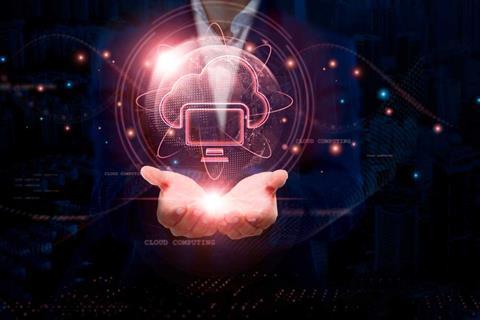
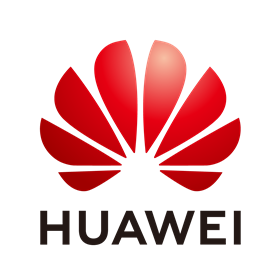
As railway intelligence accelerates, there is a compelling case for creation of a distributed railway industry cloud architecture that offers collaboration at a business level, among wider organisations and administrators, and supports local operations through edge computing. This cloud model would incorporate with advanced technologies, security, stability, and innovation, providing a powerful impetus for rail’s digital transformation.
The challenges
Rolling out novel digital systems in the railway industry today is not straightforward. A number of challenges are clear:
- Long development periods and low resource utilisation: new IT systems tie up resources while they are designed and commissioned, and can suffer from low utilisation rates once they have been formally deployed.
- Complex and inefficient O&M: application maintenance depends on a variety of tools and platforms. The diversity and complexity of systems, apps and devices makes operational maintenance more difficult.
- There are no unified IoT, big data, and AI platforms to support service sharing and reuse. Building applications, starting with basic capabilities in an E2E manner, is a time-consuming process that does not always align with the rapid innovation needed for rail digitalisation projects.
- Information systems heavily rely on software and hardware platforms based in different jurisdictions. This makes it difficult for railways to achieve cloud-network-security integration effectively.
A railway cloud
Huawei’s railway cloud aims to offer secure, reliable, and collaborative connectivity. A ‘central group’ cloud provides geo-redundant functions that enable the middle layer of operators and administrators to build back-up data centres or reuse the resources of the group centre. Edge computing nodes at depots or other sites can be connected in a cloud-edge synergy mode to provide data connectivity and interoperability (Fig 1).
Key features of this model include:
- full-stack technologies like computing, storage, networks, operating systems, databases, and platforms. By comprehensively integrating hardware and software, an integrated cloud can deliver significant efficiency gains.
- The multi-scale (local/intra-city/remote/geo-redundant) architecture meets different reliability requirements from the different user groups.
- The mature toolchain and ecosystem for adaptation and migration, combined with excellent E2E service, enables the quick adaptation of rail applications and smooth migration to the cloud.
The key benefits from a customer perspective include:
- On-demand resource supply: resources are allocated on demand and quickly configured. This significantly shortens the time it takes to acquire application resources from months to just a few days, greatly improving efficiency.
- Reliability assurance for key services: geo-redundant, intra-city active-active, and application active-active functionality ensures the reliability of key services.
- Innovation for business continuity: by adopting full-stack independent key technologies such as storage, computing, networks, and cloud platforms, and constructing comprehensive ecosystems for the Kunpeng operating system and databases, the cloud is aligned with the independent evolution strategy for key railway industry platforms.
- Data and AI synergy: software and hardware synergy can improve big data performance by 30%, while Huawei’s Pangu large language model can accelerate the development of new AI applications in the railway sector.
Managing the migration
Many administrative systems in major railways remain running on physical servers. This means that hardware resources cannot be linearly expanded with business growth and cannot quickly respond to changing requirements. Data sharing is also difficult, as business systems in different regions managed by the administration are often managed independently, while IT systems built by different departments are isolated from each other, affecting business efficiency. The involvement of multiple hardware vendors meanwhile adds complexity to system management and maintenance.
When opting for Huawei’s railway cloud approach, many of these issues can be swiftly and effectively addressed. Those applications running on midrange computers or VMware virtualisation can be migrated to Huawei’s FusionCube storage infrastructure. Hyper-converged database architecture is used to design 15 nodes from which a high-performance computing storage resource pool carries database applications. A further 60 nodes are used to carry services such as scheduling, passenger and freight marketing, and operations management. Multiple cloud nodes can then be deployed within the railway administration to deliver unified resource allocation and O&M management.
Breaking down the silos between application system resources, unifying infrastructure support environments and implementing centralised management and scheduling means Huawei can reduce the costs associated with information system construction, operations, and maintenance. This approach also offers the opportunity of better information sharing; traditional point-to-point interface sharing can be replaced with a transparent multi-access sharing node. This in turn gives the business macro-level analysis and decision-making tools.
PRASA embraces the cloud
One rail operator that is embracing Huawei’s approach is PRASA (Passenger Rail Agency of South Africa). Speaking at the Huawei Connect event in Shanghai in October,2024, the company’s Group Chief Information Officer Nokuthula Marjorie Ngonyama told attendees that one of her priorities was to enhance the quality of its enterprise IT network. It is using Huawei’s support to do so.
‘This particular project is looking at providing connectivity across our public offices’, she said. ‘It’s providing connectivity for our stations, enabling even our passengers to be able to connect and utilise data. It’s also going to connect our regions. So it’s quite an important project to ensure effective communication across PRASA and its value chain. Then we’ve got the private data. The private data project really speaks to our private data centre, where we are moving most of our applications for more reliable, scalable, and secure ICT infrastructure and operations and processing’, she explained. PRASA is developing a hybrid cloud strategy, where it is working with Huawei Cloud to deliver commercial services.
‘Huawei is present in South Africa, which enables us to be able to put our data into their cloud, giving our apps in South Africa that you cannot really take your cloud outside of South Africa’, she emphasised.
Meet Huawei at the 12th Congress on High-Speed Rail, which will take place from July 8 to July 11, 2025 in Beijing.
Venues: Beijing National Convention Center & National Railway Test Center
Huawei Booth: Hall 2-G2120
Join us to Accelerate Railway Intelligence.


